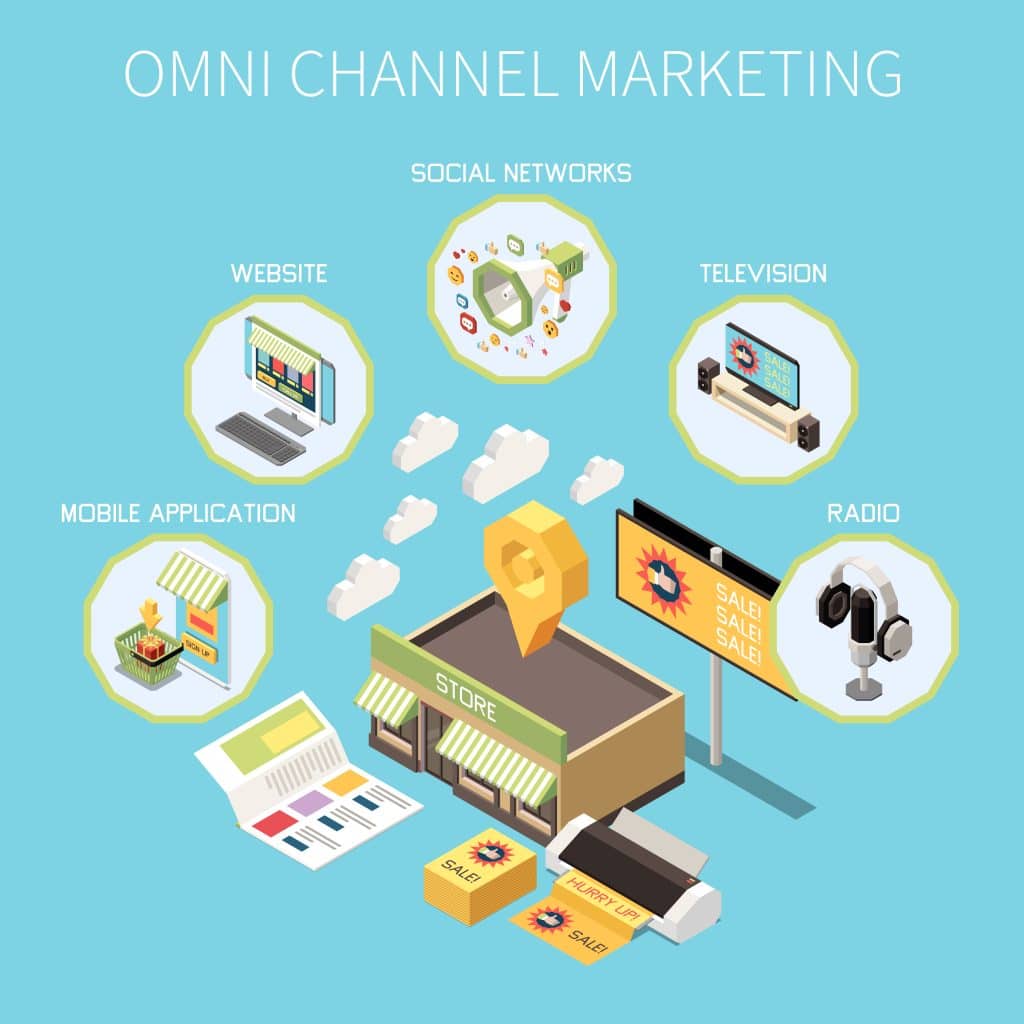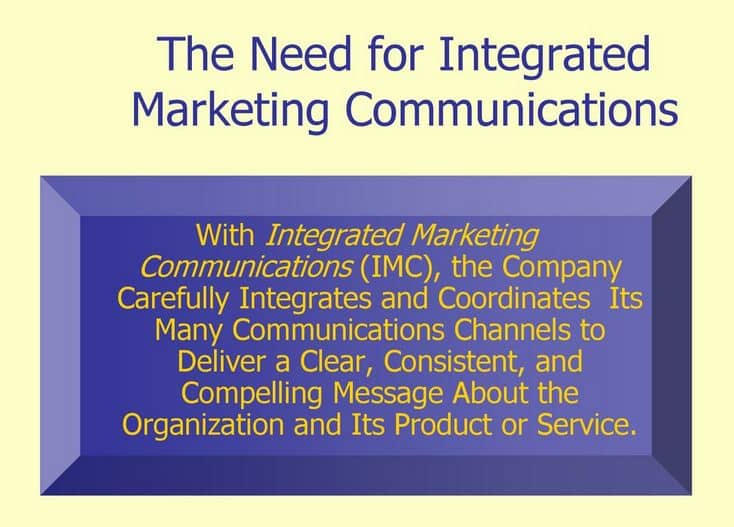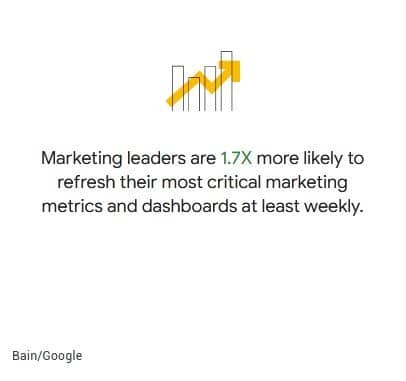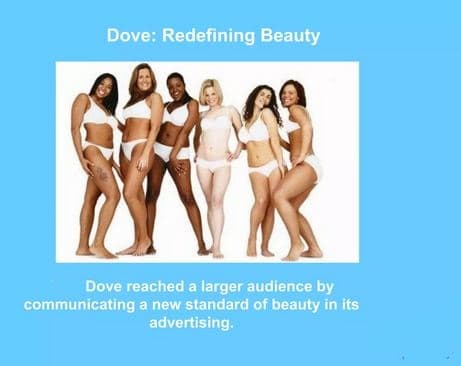What is Integrated Marketing Communication (IMC)?

Marketing is tough today, and there’s so much noise out there. To break through, you need a marketing approach that makes the pieces work together.
Enter integrated marketing communications (IMC)!
IMC gives you a big-picture view. It gets all your marketing channels and tools singing one tune. Your website, ads, social posts, events, and more tell one story.
This makes your brand stronger. Customers see you everywhere consistently. You don’t have to waste money on disjointed efforts as a business owner or marketer.
With IMC, you reach people across different marketing channels and guide them on a journey with your brand.
When all your efforts join forces, your message comes through loud and clear. According to this study, integrated marketing communications have a significant beneficial impact on brand equity.
Want to make your marketing initiatives much more powerful?
Let’s explore how integrated marketing communications can work its magic on your business.
What is Integrated Marketing?
Integrated marketing ties things together. It coordinates your strategies to give customers a unified experience.
In the past, marketing was fragmented. Departments worked separately, and campaigns didn’t connect quite well. With integrated marketing, everything aligns. Your brand has one face and consistent message across channels. This approach to marketing builds trust and brand loyalty.
Integrated marketing takes some effort. But making your brand’s message and identity consistent across multiple channels maximizes impact.
Understanding Integrated Marketing Communication (IMC)
Let’s provide an answer to the question, ‘What is integrated marketing communication (IMC)?’
IMC is a framework that aligns your business messages and visuals. It makes all touchpoints about your product or service work together.

Image Source: Slideplayer
IMC differs from old-school marketing. It’s not just isolated campaigns. Instead, strategies reinforce each other.
With IMC, tactics like public relations, billboard ads, events, and more combine powers. Together, they communicate clearly and consistently.
IMC focuses on the customer and makes your website, social media marketing, offline materials, and more tell one story. This multi-channel harmony resonates with audiences.
Research indicates that campaign effectiveness tends to increase with the incorporation of additional diverse media channels into the marketing mix.
The Benefits of IMC
Adopting IMC has big advantages. Let’s explore the key benefits:
Brand Consistency
IMC aligns touchpoints. This strengthens brand recognition because consumers see a consistent face and message.
Without IMC, brands seem fragmented. Customers get confused by the mixed messages from disjointed marketing and advertising activities. IMC brings cohesion.
Improved Customer Experience
An integrated marketing approach makes journeys seamless. Messages flow across channels and devices. The experience feels connected and personalized.
Siloed efforts frustrate customers. IMC guides them clearly at each touchpoint. This nurtures the relationship.
Maximized Marketing ROI
IMC improves return on investment. How? By coordinating spending across campaigns. No budget gets wasted on misaligned efforts.
Optimization also saves money. Content, visuals, and more get reused where appropriate. IMC improves marketing ROI.
Enhanced Brand-Consumer Connection
IMC builds trust and loyalty. With consistent engagement, consumers relate better to your products and services. It fosters emotional bonds.
United messaging appeals to your consumers, creating strong connections. Such connections drive sales and deliver a better consumer experience.
Planning Your Integrated Marketing Campaign
Crafting an IMC plan takes work, but where do you start?
- First, align internal teams. Get organization-wide buy-in. Then, craft a master plan that coordinates strategies.
- Keep the customer at the center. Map their journey and touchpoints. Use data to fine-tune spending.
- Review often and refine. Consistent measurement and adaptation will improve future campaigns.
Creating an Integrated Marketing Strategy
An IMC strategy aligns your efforts. It prevents wasted or conflicting tactics. Follow these steps to create one:
Set Overall Goals
Be clear on what you want to achieve with your marketing activities. Do you aim to raise brand awareness? Increase sales? Enhance loyalty? Well-defined goals guide strategies.
Identify Target Audiences
Get specific on who you need to reach. Dig into demographics, lifestyles, locations, habits, and needs. Tailor tactics to what resonates.
Audit All Marketing Assets
Assess your website, social channels, content archives, partnerships, and more. These assets inform strategy and creative direction.
Map the Customer Journey
Chart how target audiences engage now. When and why do they interact? Identify gaps and opportunities to connect.
Coordinate Campaign Timing
Look at ongoing and upcoming promotions across units. Align efforts to reinforce rather than compete.
Optimize Spending
Allocate budget to amplify impact. Which platforms and tactics influence your targets most? Invest there.
Define Roles
Clarify who leads execution for each channel and strategy. Keep members of your marketing team aligned on overarching goals as they work.
Pick Integrated Metrics
Decide what data to track. These data may include sales, web traffic, social engagement, and brand awareness surveys.
General Communication and Message in IMC
Messaging is critical in IMC. What you communicate should always align with your brand identity and goals. Here are some messaging tips:
Convey Core Identity
Let your brand vision and persona come through. What makes you unique? What values define you? The knowledge helps you deliver the right message.
Localize Content
Adapt messaging to channels and contexts. Fit the medium and audience. But retain brand voice and key themes.
Share Value
Communicate how you benefit customers. Stay positive and relevant. Helpful, entertaining content engages.
Unify Visuals
Use colors, logos, fonts, and imagery consistently. This visual identity cues your brand.
Collaborate Across Teams
Involve all content creators. Guide them to reinforce narratives across efforts and review regularly for alignment.
Evolve With the Market
Refresh messaging as needed but retain familiar visual cues. Balancing continuity and innovation keeps brands fresh.
How to Implement a Cohesive IMC Strategy
Implementing your IMC strategy takes work. But following core principles will streamline execution:
Multi-Channel Marketing
Implementing IMC requires having a multi-channel mindset. Strategies interplay across platforms. Channels include:
- Paid Media – Ads, sponsorships, paid social media promotion
- Owned Media – Your website, blogs, social platforms, branded content and apps
- Earned Media – PR, reviews, user-generated content, word-of-mouth
- Email Marketing – Opt-in newsletters, promotions, and nurturing campaigns
- Events – Conferences, pop-up stores, experiential activations
- Packaging – Product design conveying brand identity and messaging
- Partnerships – Co-branding, content sharing and affiliate promotions
- Content Marketing – Optimizing for branded and non-branded search
- Direct Mail – Targeted catalogs, postcards, and packages
- Sales Collateral – Leave-behinds, presentations, and talking points
Using multiple channels expands reach, but silos weaken the impact. You must align each element behind your comprehensive marketing strategy.
Crafting Cohesive Marketing Strategies
With many moving parts, IMC requires collaboration that works together across all communication platforms to:
- Reinforce Core Messaging – Distill and repeat key brand themes consistently.
- Repurpose Content – Adapt compelling assets for new contexts.
- Develop Shared Calendars – Plan synergistic timing of releases across units.
- Leverage Existing Channels – Tap owned platforms before paying for new ones.
- Avoid Mixed Messages – Keep all efforts aligned with strategy.
- Optimize Hashtags – Unify branded hashtags where helpful.
- Partner Creatively – Collaborate with affiliates to amplify reach.
With ongoing teamwork, you can orchestrate harmonized strategies that captivate audiences.
Key Elements of an Integrated Marketing Plan
Every IMC plan will be unique. But all strong plans will include:
- Situation Analysis – Assess internal strengths and external opportunities. Set goals accordingly.
- Target Definition – Profile who you need to reach and what motivates them.
- Core Strategy – Summarize the approach, including positioning. Guide decisions.
- Key Messages – Define consistent themes, tone, and delivery. Coordinate this.
- Creative Direction – Set visual identity and style guidelines. Maintain brand cohesion.
- Media Channels – Determine platforms and vehicles to engage audiences.
- Tactics – Detail each campaign, promo, content effort, and partnership.
- Budget Allocation – Appropriately fund elements proportional to impact.
- Measurement Plan – Track KPIs to monitor campaign effectiveness.
- Governance – Clarify approval workflows and reporting structures.
- Timeline – Schedule all efforts and assignments. Update and share often.
With an effective roadmap in place, activating IMC becomes easier. Stay nimble and collaborative to adapt as needed.
The Role of Data and Analytics in IMC
Data should guide your IMC efforts. It shows what works and what does not. Here is how to use it:
Utilizing Data-Driven Insights
Lean on data when you make marketing choices. Let it shape your strategy.
Look at sales numbers, site traffic, online buzz, and more. See what drives results. Then do more of that!
Surveys also provide insights. Ask customers for feedback and use it to create better experiences.
Measuring IMC Effectiveness
Great data shows if your IMC is effective. Track important metrics like:
- Sales growth
- Increased site visitors
- More social media followers
- Higher ad recall
- Positive brand sentiment
- More email signups

See what improves. Find out where you are falling short. Metrics prevent wasted marketing money.
Adapting and Optimizing
Use data to guide updates. See what messaging and content is hottest. Double down on that!
Try new platforms or tactics and see if they move the needle. Scrape what does not work.
Refresh and refine to keep improving. Let data steer your next moves and watch your IMC impact grow.
With data’s help, your marketing gets sharper. Numbers don’t lie – let them lead the way.
IMC Case Studies
Seeing IMC in action illustrates its power. Here are some real-world examples:
Netflix
Netflix aligns messaging across channels to reinforce its brand identity as an entertainment leader. Netflix Original branding is consistent in its:
- TV and YouTube ads
- Custom visuals on Instagram
- Email campaigns
- Landing pages
- Retail displays
This omnipresence immerses consumers in the Netflix experience. IMC makes Netflix a lifestyle brand.
Apple
From products to stores, Apple’s signature marketing strategies like silhouetted ads, minimalist design, and experiential retail all support its brand image as sleek and elite.
Apple’s integrated marketing innovations include:
- Iconic visuals adapted seamlessly across platforms
- A matching in-store/online experience
- Today at Apple sessions
- Genius Bar provides personalized customer service
- Strategic PR and anticipation-building for product launches
The customer journey feels designed end-to-end. Apple sets the standard for branded storytelling.
Dove

Image Source: Slideshare
Dove’s Real Beauty campaign delivered a coordinated message of body positivity across touchpoints:
- Viral ads showing diverse women
- School workshop programs
- Experiential events like pop-up art shows
- Product packaging featuring real women
- Pledge encouraging body acceptance
This integrated approach helped Dove become a champion of female empowerment. It fueled talkability and brand love.
Starbucks
With IMC, Starbucks goes beyond selling coffee to offering an experience. Tactics like:
- Consistent branding from menus to cups
- Custom in-app promotions
- Curated playlists and retail aesthetics
- Loyalty program driving engagement
- Content spotlighting coffee regions
- Media partnerships and branded pop-up events
…work together to make the brand alluring. Starbucks feels like a reliable friend anywhere you go.
Key Takeaways
Here are the core lessons on making IMC work:
- Adopt an omnichannel mindset that follows the customer journey.
- Coordinate messaging strategies across campaigns and platforms.
- Create consistent and complementary visual branding.
- Involve all teams to align efforts behind strategy and identity.
- Map out an integrated plan that makes budget and tactics reinforce.
- Measure using shared metrics and enhance accordingly.
- Stay nimble and keep innovating while maintaining continuity.
With IMC best practices, your marketing drives deeper engagement. Put integration at the core and watch effectiveness soar.
Conclusion
Today’s market demands integrated marketing. IMC is the key to cutting through noise and running effective marketing campaigns.
Align your strategies, channels, and messages to help customers relate to your brand anywhere they engage.
IMC does require work. But it maximizes marketing ROI and builds lasting consumer connections.
Approach all marketing efforts with integration in mind from now on. Remember to focus on the customer. Make their journey intuitive and personalized through coordinated storytelling.
With the power of IMC, you can captivate audiences in new ways. At AdvertiseMint, our expertise in paid ads provides the power to orchestrate IMC easily.
We can help efficiently unify your strategies across digital marketing channels, reach more of your target audience, and maximize ROI.
Say goodbye to fragmented efforts that cause frustration. Partner with AdvertiseMint, and let’s harmonize your marketing melodies to deliver improved results.
Want to learn how our Facebook ads services can strengthen your marketing message and help to grow your business?
Click here to request a free Facebook ads consultation with us. It only takes a few seconds.
